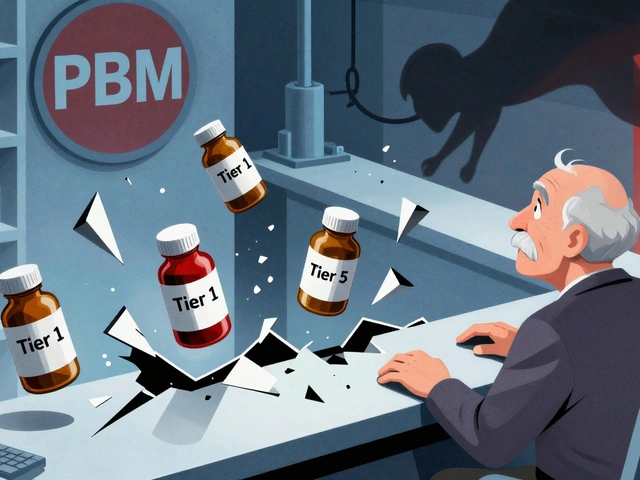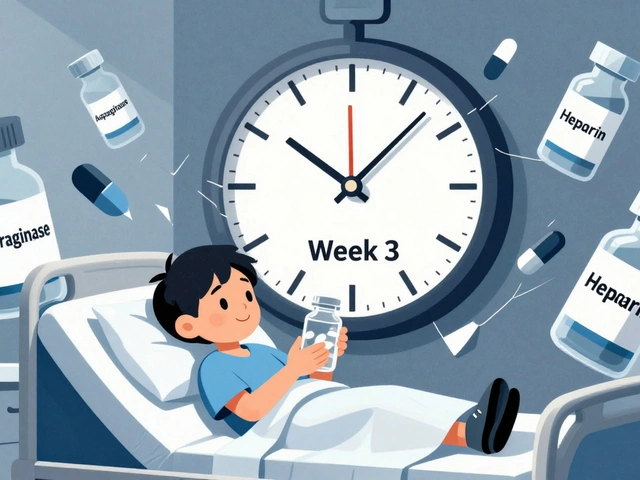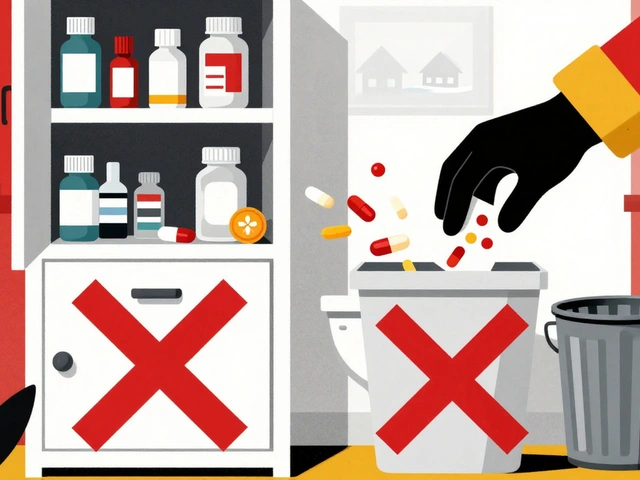Antifungals: What They Are, How They Work, and What You Need to Know
When your skin, nails, or even your gut get overrun by fungi, antifungals, medications designed to kill or slow down harmful fungi. Also known as antifungal agents, they’re not antibiotics—but they’re just as crucial when you’re dealing with a stubborn yeast infection, ringworm, or toenail fungus. Unlike bacteria, fungi are more like plants or mushrooms, and they don’t respond to drugs meant for germs. That’s why using the wrong treatment can make things worse instead of better.
Antifungals come in many forms: creams for skin, pills for internal infections, sprays for feet, and even shampoos for scalp issues. Some, like clotrimazole and terbinafine, work right where you apply them. Others, like fluconazole or itraconazole, travel through your bloodstream to hit deeper infections. But they’re not harmless. Liver stress, stomach upset, and weird drug interactions can happen—especially if you’re already taking blood thinners, antidepressants, or heart meds. That’s why you can’t just grab an antifungal off the shelf and assume it’s safe.
What’s surprising is how often these infections come back. Fungi don’t die easily. They hide in nails, under skin folds, or in your gut microbiome. That’s why treatment often needs to last weeks—even after symptoms disappear. And sometimes, the real problem isn’t the fungus itself, but what’s letting it grow: diabetes, tight shoes, antibiotics, or even stress. The posts below dig into real cases: how certain drugs trigger fungal overgrowth, why some people keep getting yeast infections despite treatment, and what actually works when over-the-counter creams fail. You’ll find practical advice on choosing the right antifungal, spotting dangerous side effects, and avoiding the traps that make these infections linger.

Statins and Antifungal Medications: How Their Interaction Raises Rhabdomyolysis Risk
Statins and certain antifungal medications can dangerously interact, increasing the risk of rhabdomyolysis-a life-threatening muscle breakdown. Learn which combinations to avoid, safer alternatives, and what to do if you're taking both.
read more




